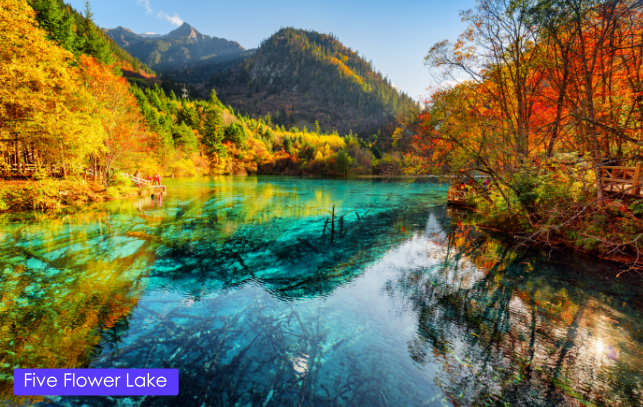GLOBAL EMPIRES HAVE COME AND GONE, BUT SOMEHOW ENIGMATIC
CHINA ALWAYS MANAGES TO RE-EMERGE FROM THE CHAOS OF HISTORY AND IS THE LONGEST
CONTINUAL CIVILISATION ON EARTH
With a long and highly cultured civilisation, China has produced some of the greatest art, original thinking, literature and architecture anywhere on earth. Ancient Chinese ceramics, sculpture and carving are simply unrivalled and an exemplary definition of skill by which these crafts are judged.
However, these pinnacles of human achievement have been interspersed with damaging earthquakes and periods of dramatic and violent political upheaval, particularly during the Cultural Revolution of the last century, when much of China’s ancient past was sacrificed in the name of instilling the new Maoist ideology, and even today, as China rapidly metamorphoses into a leading player in the modern era of globalisation, much of the country’s heritage continues to be eroded in the expansionism.
Nevertheless, a great deal of China’s rich history has survived and includes some of the world’s most iconic structures such as the Great Wall and the Forbidden City of Beijing. The ancient Cities of Nanjing and Xi'an still bear the massive Ming Dynasty city walls that used to defend the great cities all over China, while archaeological sites such as the Terracotta Army are a staggering testament to Chinese aspiration.
For those in search of the ancient culture of China from the perspective of daily life, the charms of the towns of Suzhou, Lijiang and Pingyao, all of which are UNESCO World Heritage sites, are unmissable.
The most accessible of these is Suzhou, close to Shanghai, a beautiful town of canals and lovely historic gardens, though the experience is somewhat marred by the busy modern city surrounding the old town.
Lijiang is spectacularly set under Jade Dragon Snow Mountain, in northern Yunnan Province, and is a well preserved town of the Naxi ethnic culture and a picturesque world of delightful old cobbled streets, wooden houses and canals, largely untouched by the modern world.
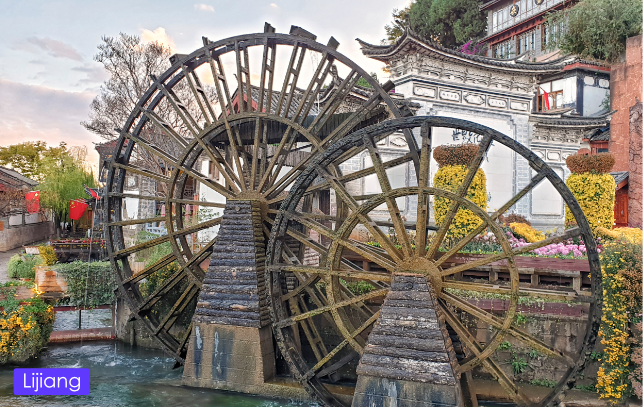
Pingyao, in Shanxi Province is the best preserved of all, featuring its complete city wall, delightful ancient streets and well preserved Han Chinese culture.
The modern era, however, has its own appeal and is best reflected in Shanghai, with the towering cityscape of Pudong a glittering testament to China’s economic miracle and ambitious future. A lovely contrast of era is situated across the river in the historic European colonial features of the Bund and French Concession.
AWESOME LANDSCAPES
Perhaps the most famous of China’s profound landscapes are the hills around Guilin and the Li River, an area of stunning natural beauty, easily among the top natural wonders on earth.
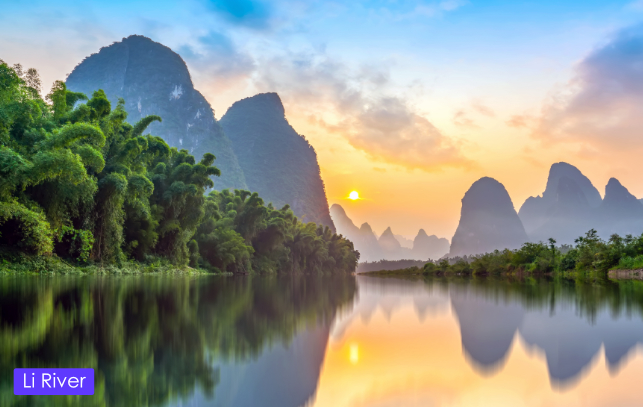
However, the most iconic of Chinese landscapes can be found on Haungshan Mountain, a UNESCO World Heritage site, instantly recognisable from the famous Chinese school of landscape painting, with its swirling mists and seemingly impossibly shaped rocks and peaks, and among the most beautifully scenic views to be witnessed anywhere.
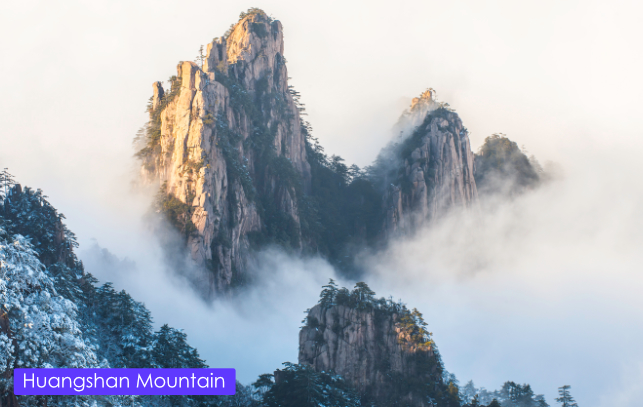
If otherworldly landscapes inspire, the UNESCO World Heritage site at Wulingyuan Scenic Area in Zhangjiajie National Park offers breathtaking vistas of its forest of towering rock pinnacles, immediately familiar as the template for the 3D animated landscape developed for the film Avatar. As fantasy turns into reality, you'll scarcely believe your eyes.
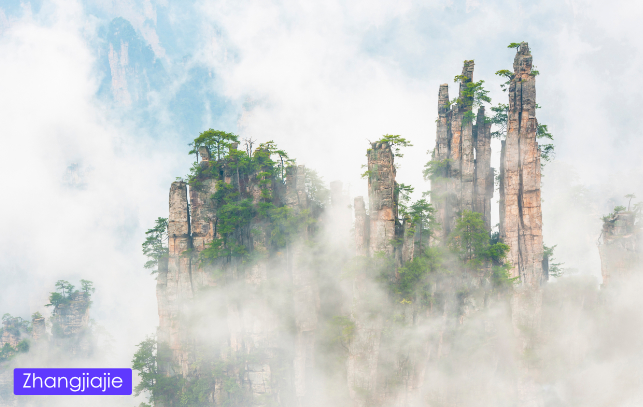
In Tibet, the world’s highest mountain sits in grandeur over the Tibetan plateau, a wild inhospitable land of ancient Buddhist citadels such as Lhasa and Shigatse. A trip to Everest Base Camp, for those able to deal with the challenging altitude, provides a sight quite simply without rival, and with a road leading up close to the mountain is infinitely more accessible than that of the Nepali camp.
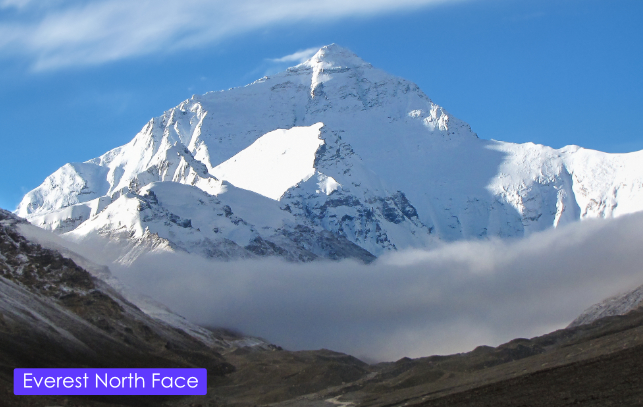
Another of Tibet’s great mountain views is that of the 6,714 metre (22,027 feet) Mount Kailash, a sacred mountain and important pilgrimage site.
Before venturing to Tibet, however, it should be noted that the region is periodically closed to foreign visitors during politically sensitive anniversaries and occasional sporadic unrest. If you enquire through us, your tour designer will naturally appraise you of any potential issues with your intended travel dates.
In Yunnan Province, the Jade Dragon Snow Mountain and Tiger Leaping Gorge are the attractions of a beautiful wild area, while the wild desert lands of of north-eastern China, reverberating with the ghosts of the ancient Silk Road, are a spectacle almost beyond time itself.
Jiuzhaigou National Park, another UNESCO World Heritage area, situated in the north of Sichuan Province, is a breathtakingly beautiful forested wilderland of snowy mountains, waterfalls and lakes, and famed for the ultra-bright blue of its waters and brilliant autumn colours.
